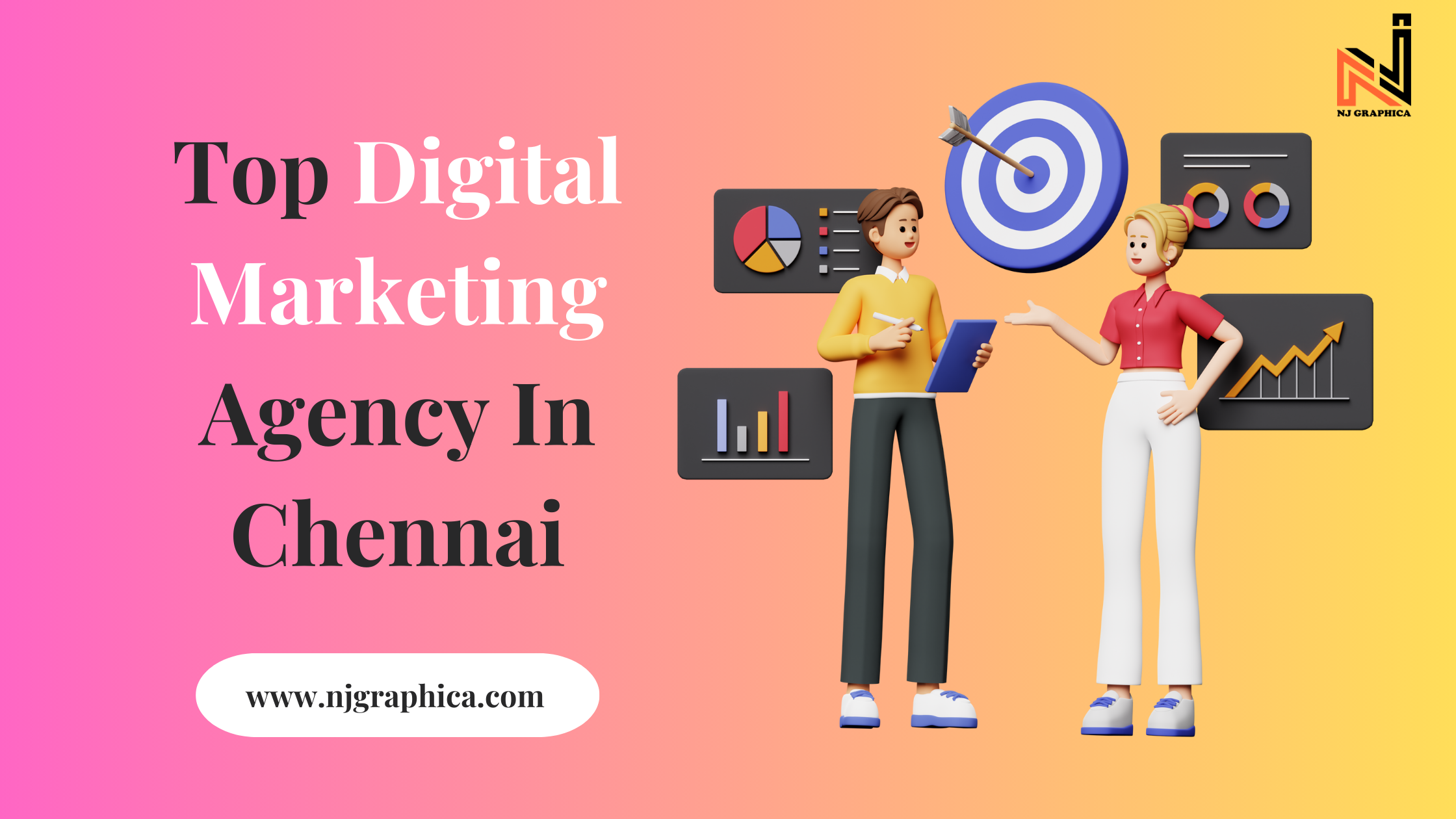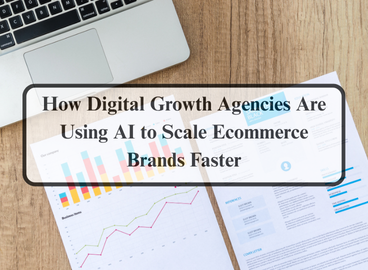In today's fast-paced digital world, businesses need marketing strategies that deliver measurable results. That’s where performance marketing comes in. Unlike traditional marketing, where businesses pay upfront for exposure, performance marketing is entirely results-driven. Brands only pay when a specific action is completed, such as a sale, click, or lead generation. This data-backed approach helps optimize marketing budgets and ensures better ROI.
If you’re looking for a performance marketing agency that focuses on conversions rather than just impressions, this guide will help you understand how performance marketing works, its key components, and why it’s revolutionizing digital advertising.
Understanding Performance Marketing
Performance marketing is a subset of creative digital marketing where advertisers pay marketing partners (publishers, influencers, or platforms) based on performance metrics. The model eliminates guesswork, as advertisers only pay for successful conversions, whether it’s a purchase, sign-up, or any other action.
Performance marketing is particularly effective for brands that want highly targeted campaigns with measurable outcomes, allowing them to scale their marketing efforts efficiently.
Key Components of Performance Marketing
1. Affiliate Marketing
Affiliate marketing involves collaborating with third-party publishers who promote products or services through unique tracking links. When a customer makes a purchase via an affiliate link, the publisher earns a commission.
Example: E-commerce brands partner with bloggers, YouTubers, and influencers who showcase their products and drive traffic to their online stores.
2. Pay-Per-Click (PPC) Advertising
PPC campaigns, primarily on platforms like Google Ads, Bing Ads, and social media, require advertisers to pay for each click on their ads. PPC is essential for brands looking to gain immediate visibility on search engines.
Example: A SaaS company bidding on the keyword “best project management tool” ensures its ad appears at the top of Google search results, leading to more site visits and conversions.
3. Social Media Advertising
Social media platforms like Facebook, Instagram, LinkedIn, and TikTok offer paid advertising options that operate on a performance basis. Brands pay per click (CPC), per thousand impressions (CPM), or per conversion.
Example: An e-commerce brand runs Instagram carousel ads featuring best-selling products, and it pays only when users engage with the ad.
4. Native Advertising
Native ads seamlessly blend with the content on a webpage, making them less intrusive and more engaging. Platforms like Taboola and Outbrain distribute native ads across high-traffic websites.
Example: A financial services company publishes an informative article about investment strategies, with embedded native ads directing readers to their advisory services.
5. Influencer Marketing
Brands collaborate with influencers who have niche audiences to drive engagement and sales. Instead of paying upfront, brands compensate influencers based on performance metrics.
Example: A fashion brand partners with a YouTuber who earns a commission on each sale made through their referral link.
How Performance Marketing Works
-
Setting Clear Goals: Define what you want to achieve—brand awareness, lead generation, app downloads, or sales.
-
Choosing the Right Channels: Depending on your audience, you may focus on Google Ads, social media, or affiliate partnerships.
-
Tracking Performance: Use tools like Google Analytics, Facebook Pixel, and UTM parameters to monitor user actions.
-
Optimizing Campaigns: Analyze campaign data and refine your strategy for maximum efficiency.
-
Paying for Results: Advertisers only pay when the set goals are met, ensuring budget efficiency.
Benefits of Performance Marketing
1. Cost Efficiency
Traditional marketing often wastes budget on campaigns that don’t drive results. Performance marketing eliminates this risk since businesses only pay for measurable actions.
2. Data-Driven Decision-Making
Performance marketing relies on real-time data, allowing brands to track success metrics and optimize campaigns based on analytics.
3. Scalability and Flexibility
Advertisers can increase or decrease their spending depending on the campaign’s success, making it easy to scale marketing efforts.
4. Higher ROI
With better targeting and cost-per-action models, businesses see higher returns compared to traditional advertising methods.
Best Practices for Performance Marketing Success
1. Use High-Quality Creatives
Engaging ad copy, eye-catching visuals, and compelling CTAs increase user engagement and conversion rates.
2. Leverage A/B Testing
Test multiple versions of your ads, landing pages, and call-to-action buttons to see what works best.
3. Optimize for Mobile Users
A significant portion of web traffic comes from mobile devices. Ensure your ads and landing pages are mobile-friendly.
4. Utilize Retargeting
Retargeting ads help reconnect with users who visited your website but didn’t complete a purchase.
5. Partner with a Performance Marketing Agency
Expert marketing strategy consulting ensures you maximize your advertising spend and optimize campaigns for growth.
Challenges in Performance Marketing
-
Ad Fraud: Fake clicks and bot traffic can affect performance marketing results. Using fraud-detection tools helps mitigate risks.
-
Algorithm Changes: Platforms like Google and Facebook constantly update their algorithms, requiring marketers to stay adaptable.
-
Privacy Regulations: Laws like GDPR and CCPA affect data collection and targeting, requiring compliance strategies.
Future of Performance Marketing
Performance marketing is evolving with AI-driven ad optimization, advanced tracking, and automation tools. With the rise of creative digital marketing, brands will focus more on hyper-personalization and real-time audience engagement to drive better results.
1. AI-Driven Ad Optimization
Artificial intelligence is transforming performance marketing by automating bid adjustments, audience targeting, and creative testing in real time. Tools like Google’s Performance Max and Meta’s Advantage+ leverage machine learning to analyze vast datasets, identifying the best-performing ad placements, keywords, and user segments. This helps marketers optimize campaigns dynamically without constant manual intervention.
Predictive Analytics: AI-driven models analyze user behavior to forecast conversion likelihood, allowing brands to allocate ad spend more effectively.
Dynamic Creative Optimisation (DCO): AI auto-generates and tests multiple versions of an ad to determine the most engaging combination of visuals, copy, and CTA for different audience segments.
2. Advanced Tracking & Attribution Models
With increasing privacy regulations like GDPR, CCPA, and the deprecation of third-party cookies, marketers are turning to alternative tracking solutions such as:
Server-Side Tracking: Unlike traditional client-side tracking (cookies), server-side tracking sends event data directly from a website’s server to analytics platforms, improving accuracy and compliance.
Multi-Touch Attribution (MTA): Instead of attributing conversions to a single touchpoint, MTA analyzes the entire customer journey across multiple interactions (ads, emails, social media, etc.), giving brands a clearer picture of what truly drives conversions.
Google’s Enhanced Conversions & First-Party Data: Marketers are relying more on first-party data strategies to personalize experiences while staying privacy-compliant.
3. The Role of Blockchain & Decentralized Advertising
Blockchain technology is being explored for fraud prevention and transparency in performance marketing. Decentralized ad networks ensure advertisers only pay for genuine user engagement, reducing bot traffic and ad fraud risks.
Smart Contracts: Automate payments between advertisers and publishers based on verified conversions.
Improved Data Security: Decentralized identity verification ensures user data is not exploited, aligning with privacy-first marketing trends.
Conclusion
Performance marketing is a game-changer for brands looking for a measurable and scalable approach to digital advertising. Whether through PPC, affiliate marketing, or social media advertising, businesses can achieve high ROI while maintaining complete control over their budgets.
For expert marketing strategy consulting, partnering with a performance marketing agency like NJ Graphica can help you build data-driven campaigns that maximize conversions and revenue.
Ready to take your marketing to the next level? Let’s connect!





 1 year ago
1 year ago





Comments